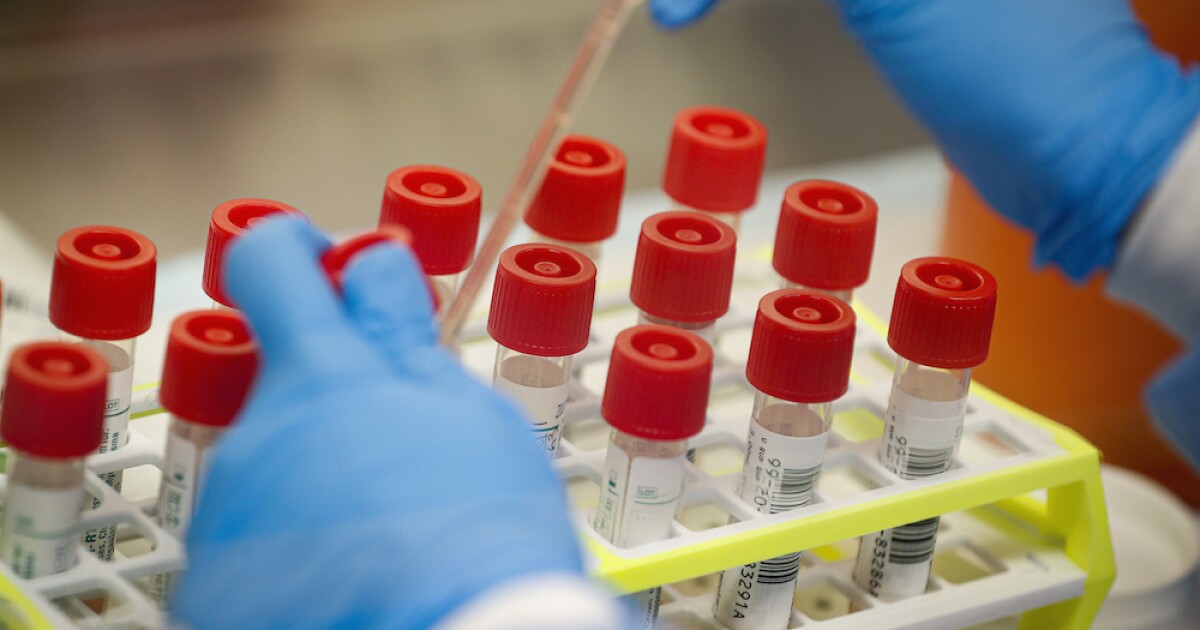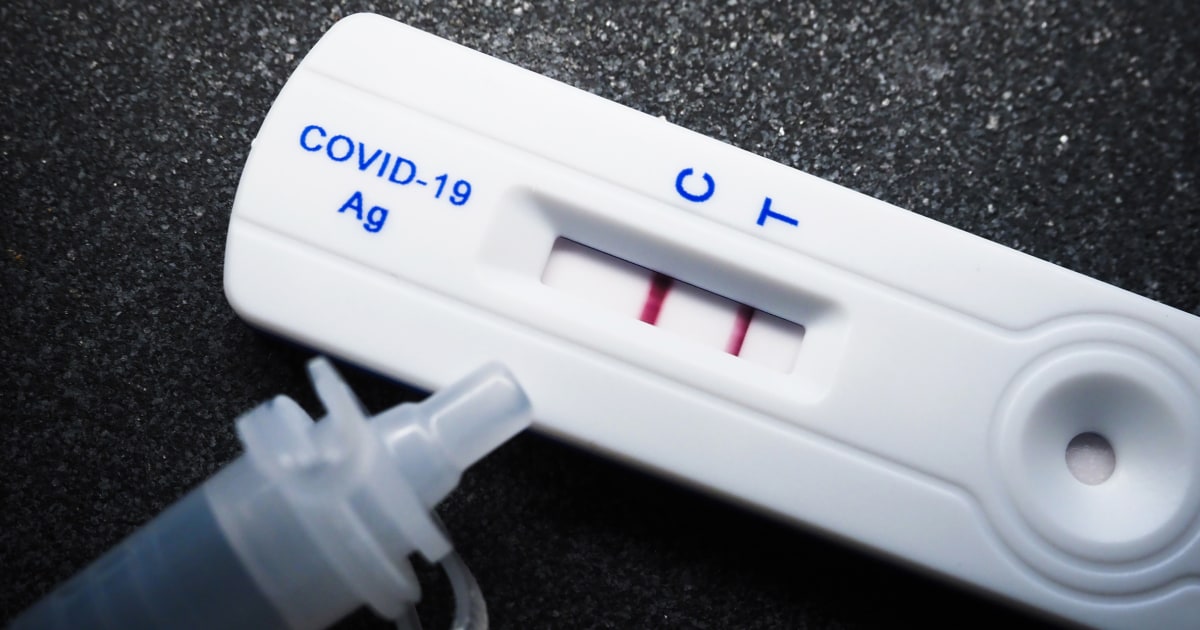
In recent weeks, COVID-19 cases have been on the rise across various regions in the United States, particularly in the western states. According to data from both the Centers for Disease Control and Prevention (CDC) and individual state health departments, emergency department visits and deaths related to COVID-19 have increased significantly. This trend is attributed to new variants of the virus, such as KP.2 and KP.3, which now account for over half of all new infections in the country.
The CDC has been closely monitoring this situation through various means, including wastewater surveillance systems like WastewaterSCAN. These systems have shown that COVID-19 levels in sewage samples have reached high levels across western states, indicating a significant increase in viral activity. This trend is particularly concerning as health authorities rely less on testing and reporting due to the decreased availability of resources.
The LB.1 variant has also been identified as a concern, making up 30.9% of cases in the New York and New Jersey region alone. Health experts warn that this variant may be more contagious than previous strains, which could contribute to the ongoing surge in cases.
Despite these concerns, health officials emphasize that vaccines remain an effective tool against COVID-19. The Food and Drug Administration (FDA) has approved updated COVID-19 vaccines targeting the KP.2 strain for use later this year. These updated vaccines are expected to provide better protection against the latest variants, ensuring that individuals stay protected during the upcoming fall and winter seasons.
It is important for everyone to stay informed about their local COVID-19 situation and take necessary precautions, such as getting vaccinated, wearing masks in public settings, practicing good hand hygiene, and avoiding large gatherings. By working together and following public health guidelines, we can help mitigate the spread of COVID-19 and protect our communities.



